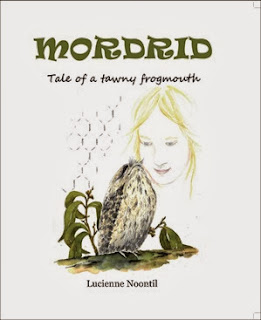Tarrawagga is not only a hole, but the hole that the other
holes fell into – the kind of town that gave holes a bad name. And not only has
Josh ended up living here, he’s ended up living in the most boring street in
this boring town. That’s what happens when the firm your parents work for goes
belly-up and your family loses all their money and you have to live in your
Grandfather’s crappy rental house. Things couldn’t get much worse for Josh; he
wants to be back in Abernathy where he was popular among his peers, a leader, a
stand-out sportsman – not here in this dump. So it’s not surprising that when
he tries a different way of making friends at school by being one of the losers
in the playground – both as an unplanned experiment and through abject lack of
motivation – his situation doesn’t improve. Especially when Mr Surrey, the PE
teacher, decides to have it in for him.
But life has a habit of throwing up surprises
and Josh is in for his fair share of them. His boring street turns out to be
not so boring after all. With the discovery of Harriet who lives next door with
her policemen father and uncle, and a pair of eyes staring out from behind the
closed blinds of the mysterious house on the other side, Josh ends up with a
whole lot to think about, including why there might be a strange man lurking
about in the back garden in the middle of the night.
If anyone is positioned to lure primary school boys
into the pages of a book, it’s John Marsden; he has the ingredients down pat:
mystery; adventure – of the bullets-flying-past-your-head kind; a tough time at
school; annoying siblings; a fledgling romance; and sport – especially when the
whole town’s reputation hangs on the results of a cricket match. Oh, and did I
say humour? Lots of wry humour that will go down a treat with this target
audience. The Year my Life Broke is
about a boy whose ordinary world has shattered and who is thrust into one that
is alien in every respect. All that is familiar to him is stripped away, even
the seemingly rock-solid identity that has always served to ensure his
popularity amongst his peers. Josh is forced to dig deep in order to honour his
own integrity, and he does so in the way he knows best, channelling his natural
athletic ability into the sportsmanship and team spirit of a climactic cricket
match. Another Marsden knock-out. Recommended.
(A version of this review appears in Magpies Vol 28, Issue 5, November 2013)



